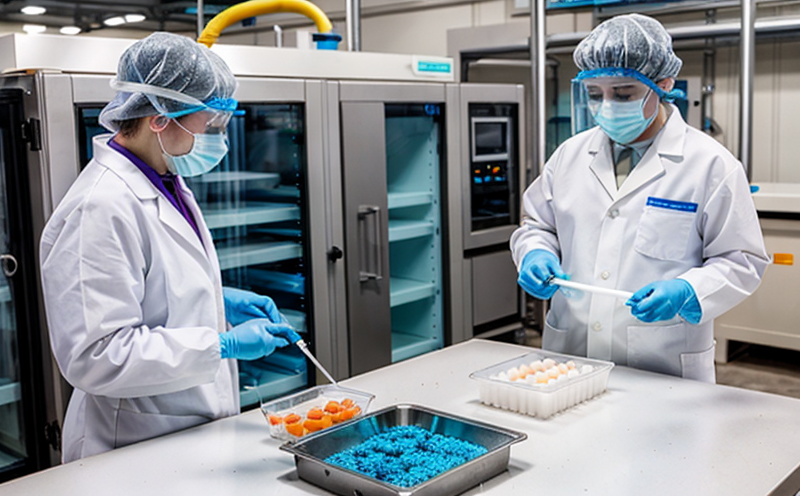AOAC Microbial Contamination Testing of Infant Toys
Microbiological safety testing is a critical component in ensuring that products intended for infants and young children are safe from harmful microorganisms. The AOAC International Method 995.08, titled “Official Method for the Detection of Microbial Contaminants in Articles Intended for Use by Infants and Young Children,” sets forth standardized procedures to identify potential health risks associated with microbial contamination.
The primary focus of this testing is on pathogens such as Salmonella, Staphylococcus aureus, Escherichia coli O157:H7, Listeria monocytogenes, and other harmful bacteria that can cause severe infections or illnesses in young children. Given the sensitive nature of infant products, compliance with these standards not only protects public health but also enhances consumer confidence.
Our laboratory employs advanced analytical techniques to perform AOAC testing on various materials used in toy manufacturing. This includes plastic, rubber, fabric, and any other components that come into contact with children’s skin or mouths. Specimens are prepared according to specified protocols outlined by AOAC International, ensuring accurate representation of the product for analysis.
The testing process involves several steps: sample collection from the toy surface, extraction of potential contaminants using appropriate buffers, and cultivation on selective media designed specifically for different types of pathogens. Identification is made through biochemical tests and possibly molecular methods like PCR when necessary. Results are reported based on colony counts or presence/absence of specified organisms.
The importance of this service cannot be overstated, especially considering the increasing awareness among parents about product safety issues. By adhering to strict regulatory requirements set by organizations such as the Consumer Product Safety Commission (CPSC) in the United States and similar bodies worldwide, manufacturers can ensure their products meet high standards of hygiene and are free from hazardous microorganisms.
For our clients, choosing a reputable laboratory like Eurolab for AOAC testing offers several advantages. With years of experience in conducting such tests, we understand the nuances involved and provide reliable data that supports informed decision-making throughout product development cycles.
Applied Standards
- AOAC International Method 995.08 for detection of microbial contaminants in articles intended for use by infants and young children.
- ISO 846:1996, which specifies requirements for the microbiological quality of medical devices used in surgery.
- EN 71-3:2019, European standard for safety aspects related to toys - Part 3: Specific requirements for plastic materials and products intended for use by children aged up to 36 months.
The combination of these standards ensures comprehensive coverage of relevant criteria for ensuring the microbiological integrity of infant toys. Compliance with these norms helps manufacturers avoid recalls, legal disputes, and reputational damage while fostering trust among consumers who value safety above all else.
Eurolab Advantages
At Eurolab, we pride ourselves on offering superior quality assurance services tailored specifically to the needs of our clients. Here are some key reasons why you should choose us for your AOAC microbial contamination testing:
- Certified Experts: Our team comprises highly qualified professionals with extensive backgrounds in microbiology and toxicology.
- State-of-the-Art Facilities: Equipped with cutting-edge technology, including high-speed centrifuges, automated incubators, and advanced microscopy systems.
- Prompt Reporting: Timely delivery of results allows for faster resolution of any issues identified during testing.
- Comprehensive Support: From initial consultation to final report generation, our dedicated staff provides full support throughout the entire process.





